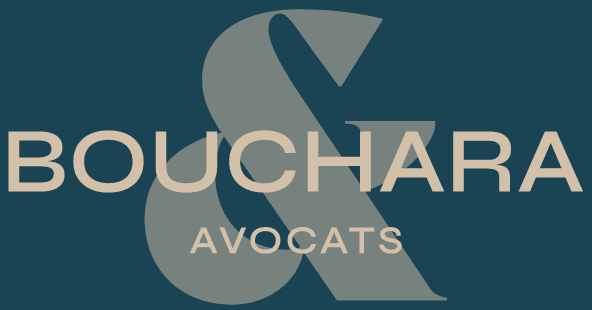Copyright
Areas of expertise > Copyright law
The purpose of copyright is to protect works of the mind that are original and imprinted with the personality of their author. The works of the mind can thus be as well works, graphic and plastic arts, literary works, musical, theatrical, cinematographic, or software.
What is copyright?
In the absence of a legal definition, the scope covered by “works of the mind” has been clarified by case law and doctrine.
Thus, a work of the mind must result from an intellectual activity, understood in the broadest sense. However, ideas cannot be appropriated, they are “free”. This means that we cannot, for example, claim any right on the “theme” of a film.


What is copyright?
In the absence of a legal definition, the scope covered by “works of the mind” has been clarified by case law and doctrine.
Thus, a work of the mind must result from an intellectual activity, taken in the broad sense. However, the ideas are not appropriable, they are “of free course”. Thus, one cannot, for example, claim any right on the “theme” of a film.
How to protect a work?
The protection of a work under copyright is not subject to any formality.
However, in order to enforce his rights on his work, the author must prove not only the originality of the work, but also the ownership of his rights on the work, by proving the creation and the date of creation of the work.
This proof must be provided by any means, but the most important thing is that the proof of creation be dated and include a certain date, which is often lacking in internal creation elements (e.g.: technical sheets, sketches). The proof of the date of creation can result from the deposit of a collection with a bailiff, the deposit of a Soleau envelope, exchanges of instructions with a subcontractor, a publication in a dated magazine, a dated sales catalog, etc. Once this proof is provided, the ownership of the author’s rights will be presumed.
The copyright on a work of the mind also confers to its author a patrimonial right, perpetual and attached to the person: the moral right. This one, expressly foreseen by the Code of Intellectual Property, confers to its holder the right to control the disclosure of the work, a right to the paternity of the work, as well as a right to the respect of the work and the right of withdrawal (article L121-1 and L 121-2).

How to protect a work?
The protection of a work under copyright is not subject to any formality.
However, in order to enforce his rights on his work, the author must prove not only the originality of the work, but also the ownership of his rights on the work, by proving the creation and the date of creation of the work.
This proof must be provided by any means, but the most important thing is that the proof of creation be dated and include a certain date, which is often lacking in internal creation elements (e.g.: technical sheets, sketches). The proof of the date of creation can result from the deposit of a collection with a bailiff, the deposit of a Soleau envelope, exchanges of instructions with a subcontractor, a publication in a dated magazine, a dated sales catalog, etc. Once this proof is provided, the ownership of the author’s rights will be presumed.
The copyright on a work of the mind also confers to its author a patrimonial right, perpetual and attached to the person: the moral right. This one, expressly foreseen by the Code of Intellectual Property, confers to its holder the right to control the disclosure of the work, a right to the paternity of the work, as well as a right to the respect of the work and the right of withdrawal (article L121-1 and L 121-2).
Our services
Assistance and follow-up
We assist you and follow up in the framework of :
– followed by a deposit with a bailiff in order to give a certain date to a specific creation;
– filing of customs surveillance files

Representation
We represent you in copyright disputes.






